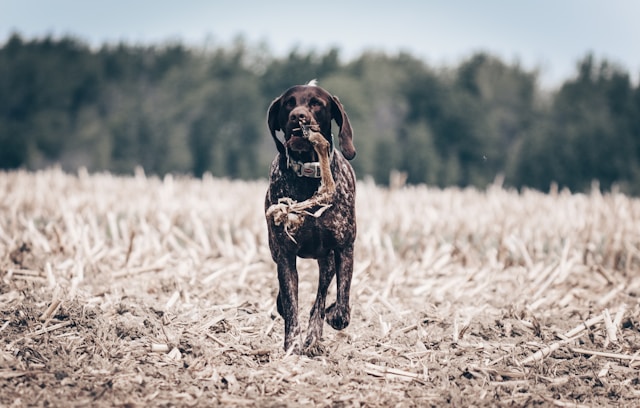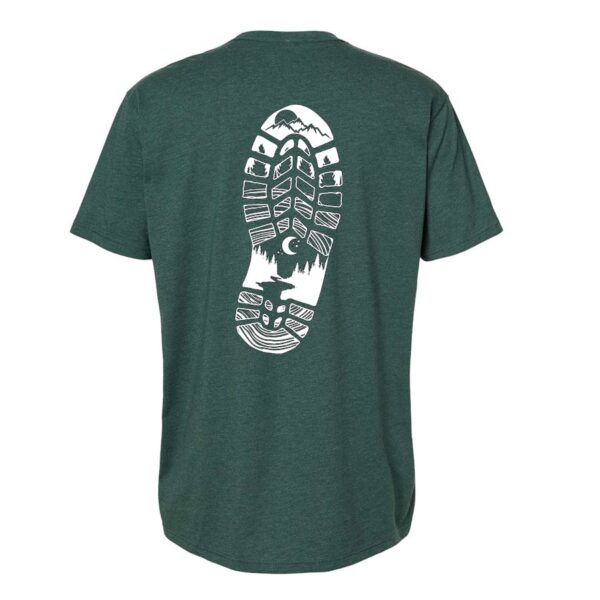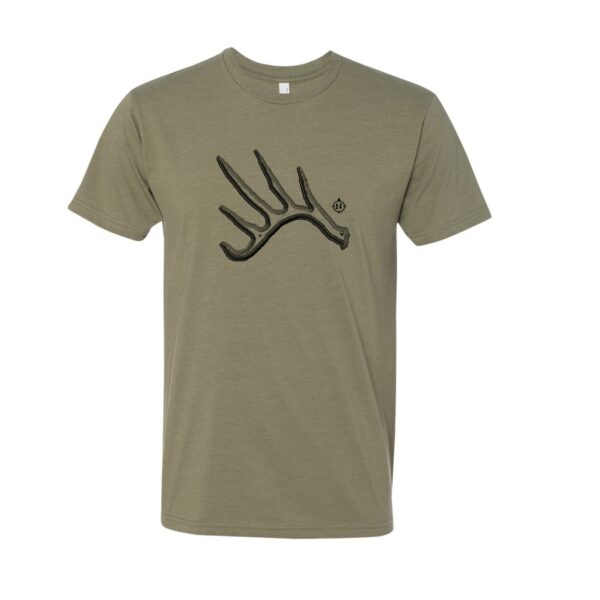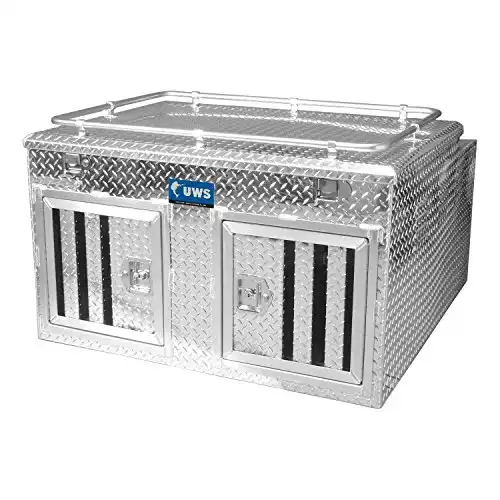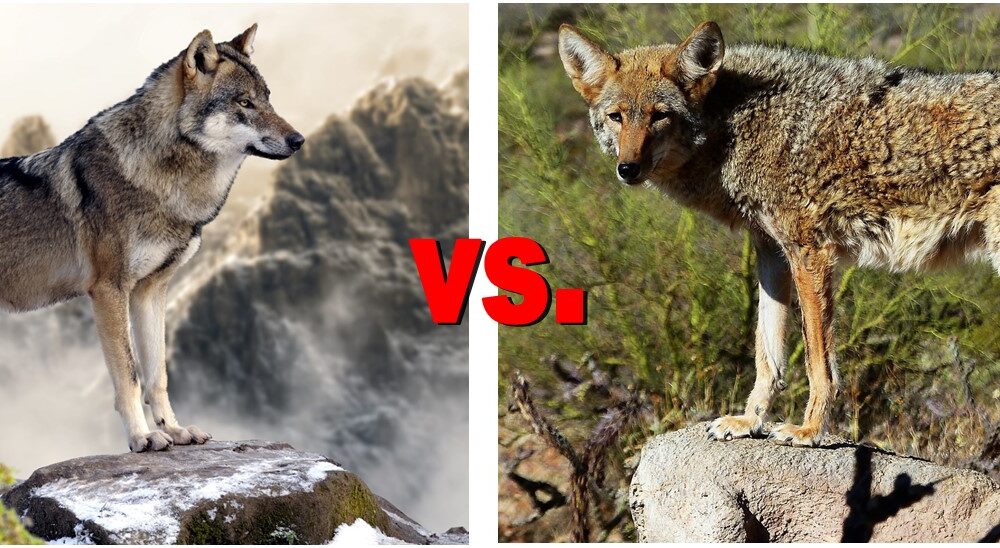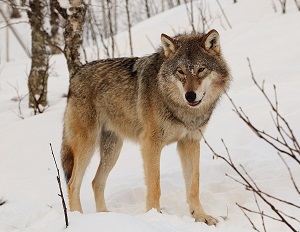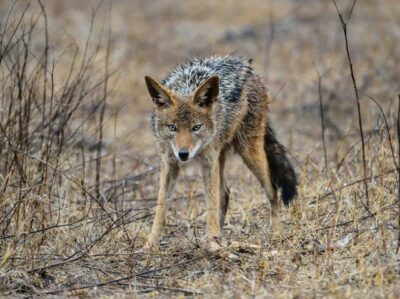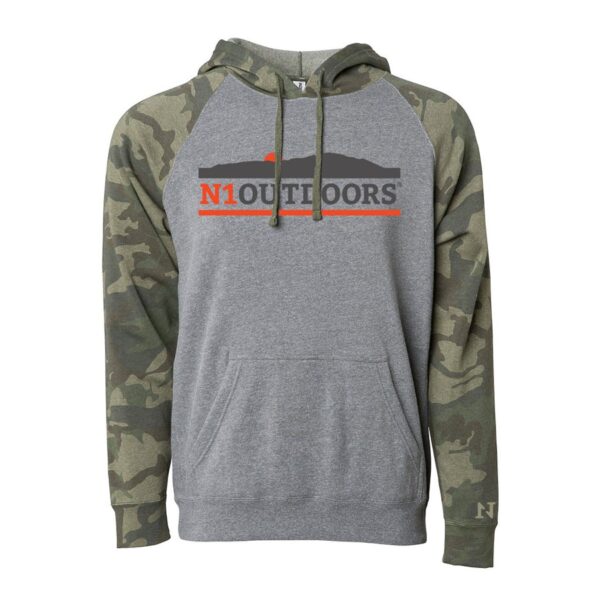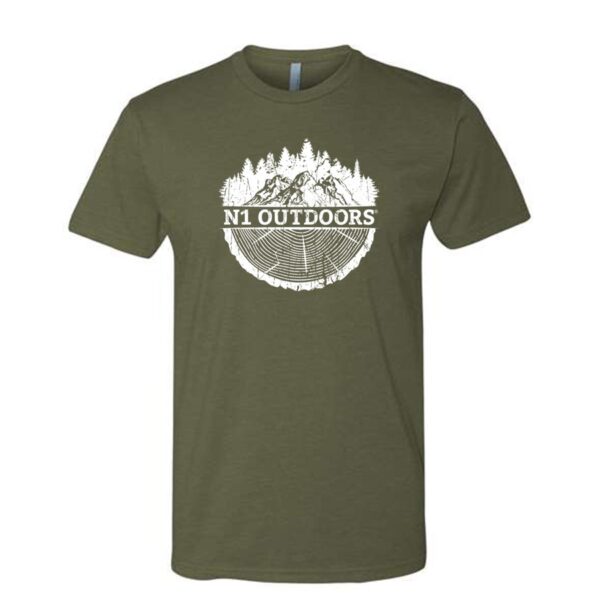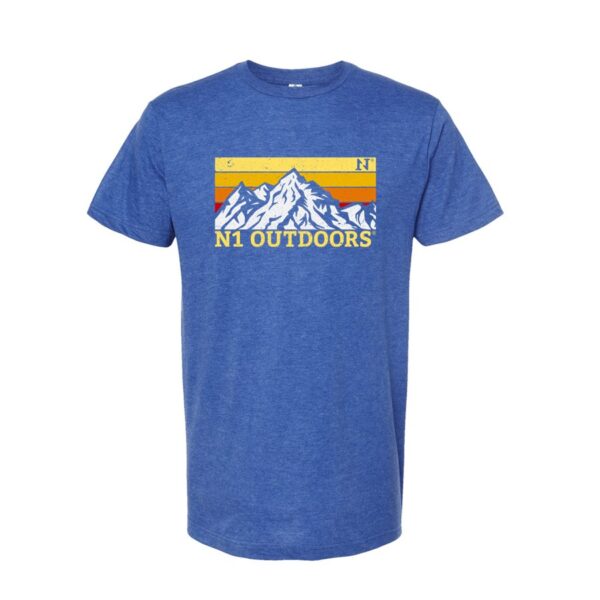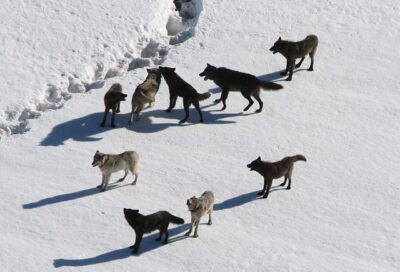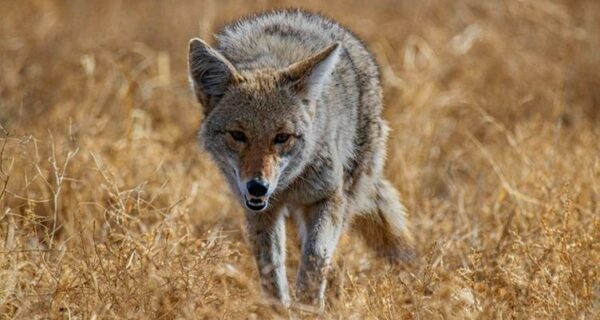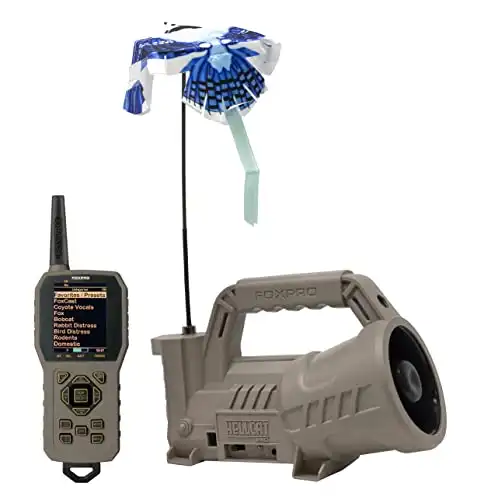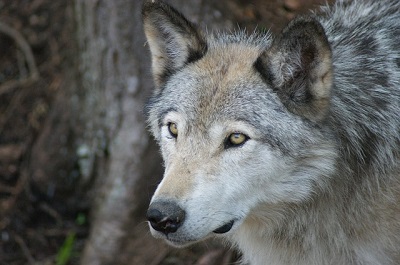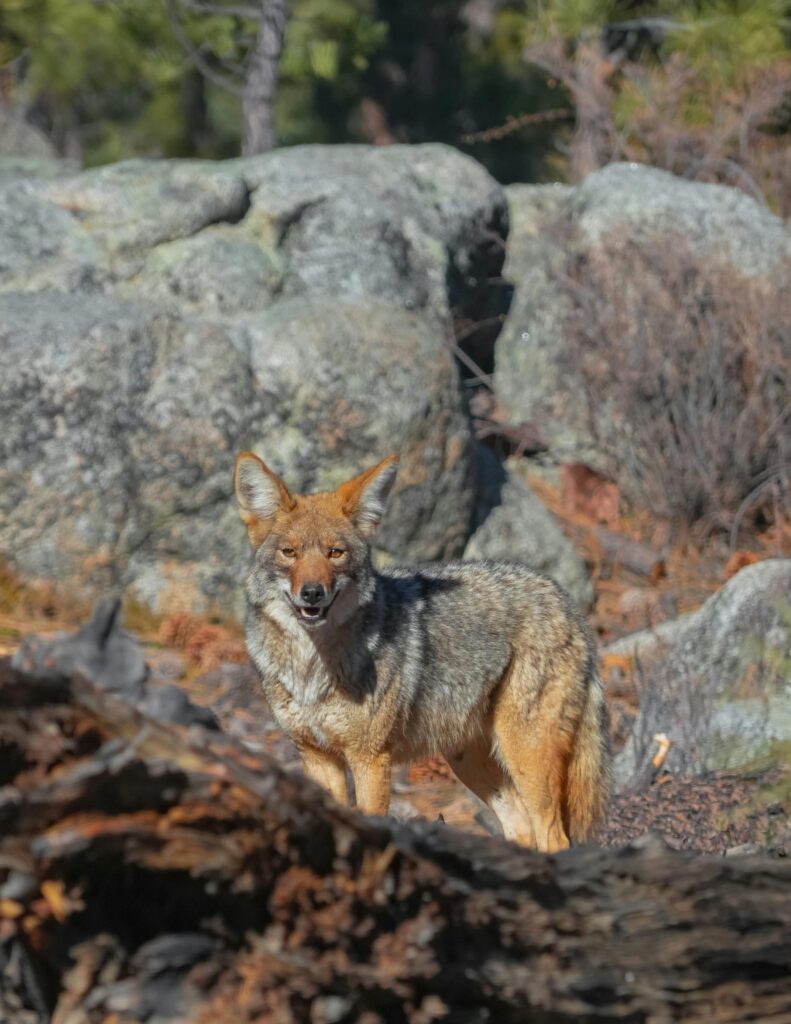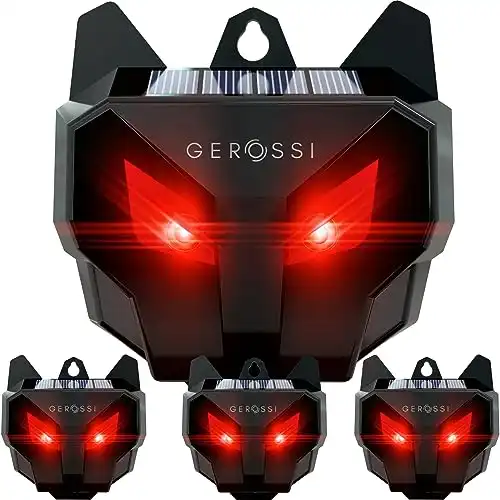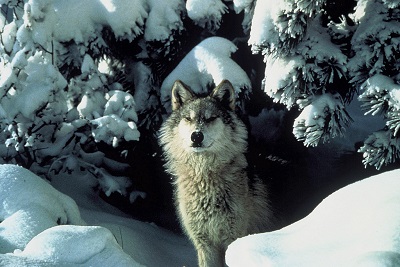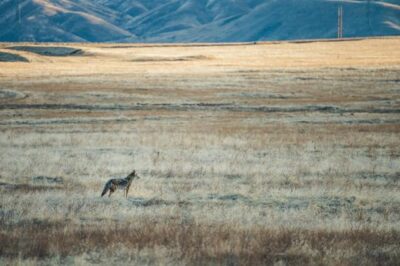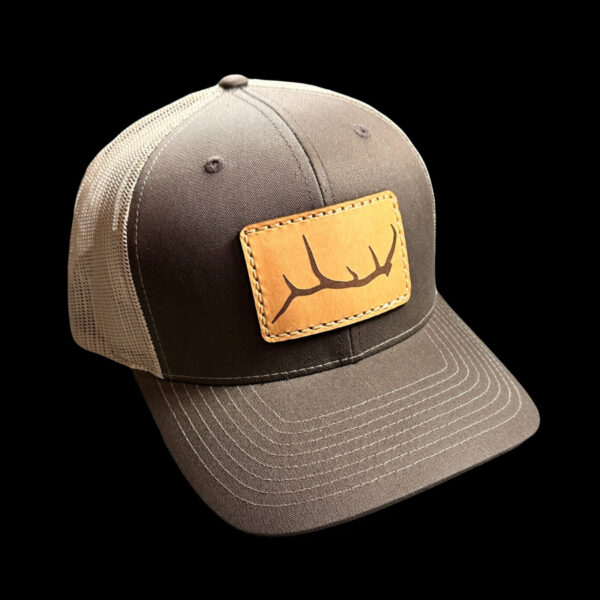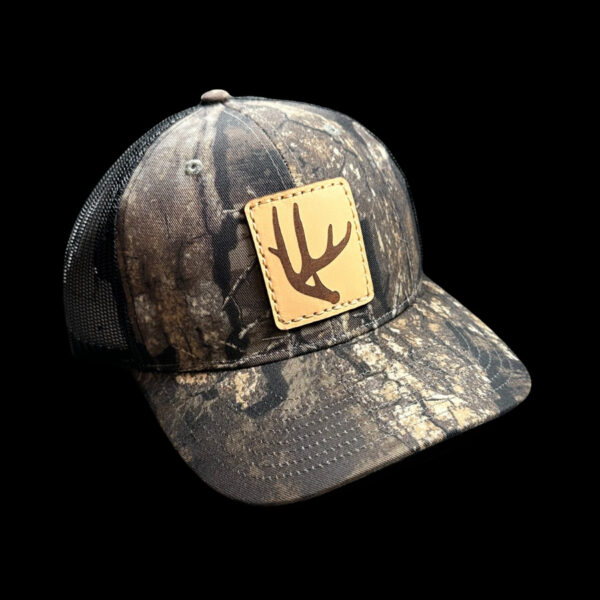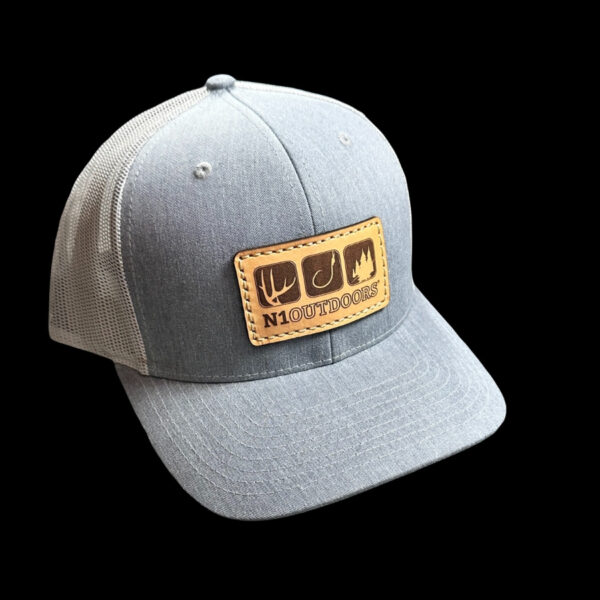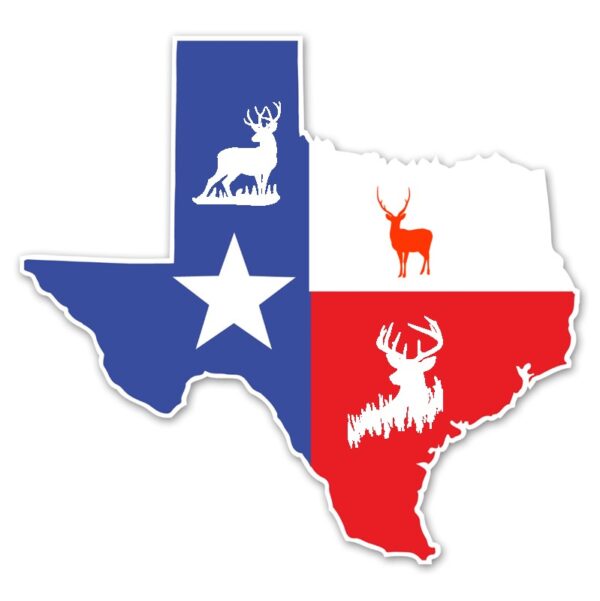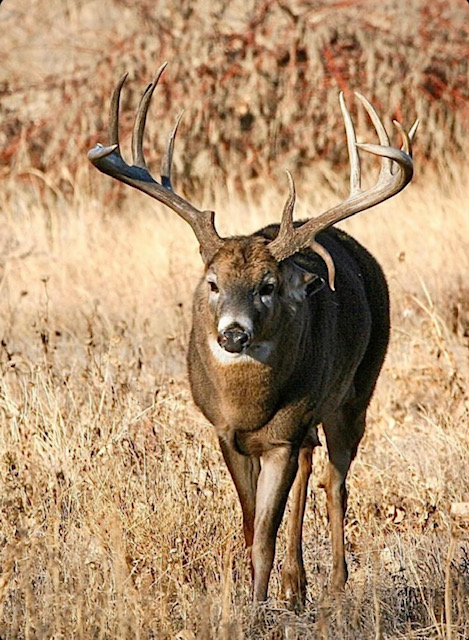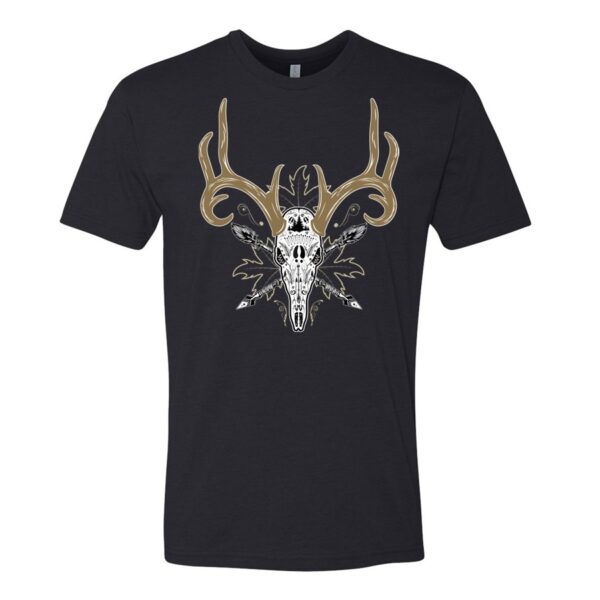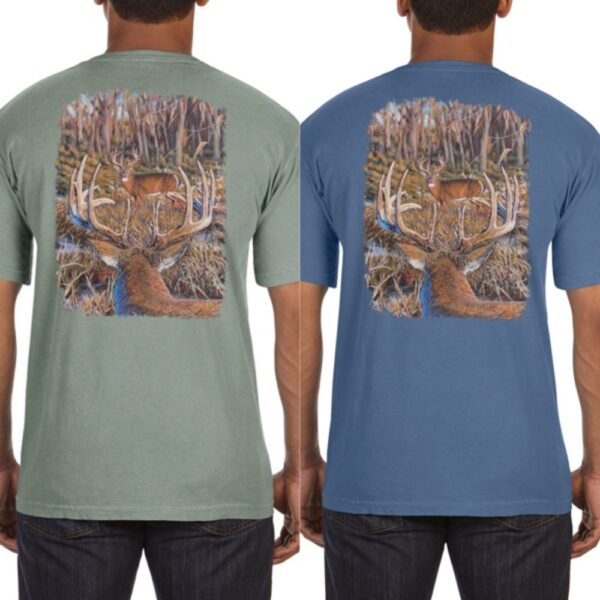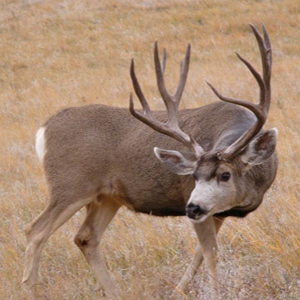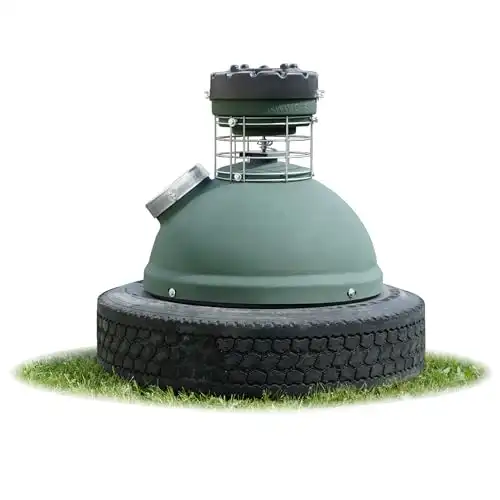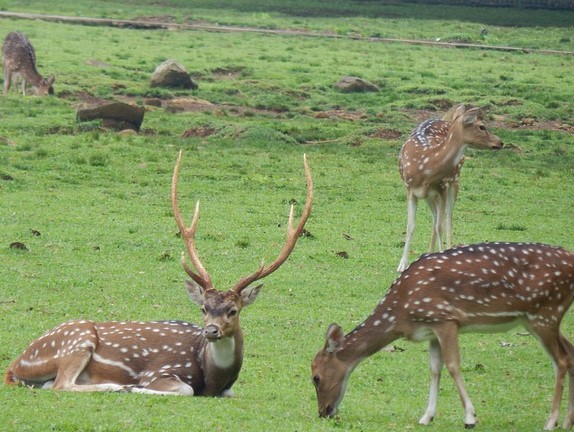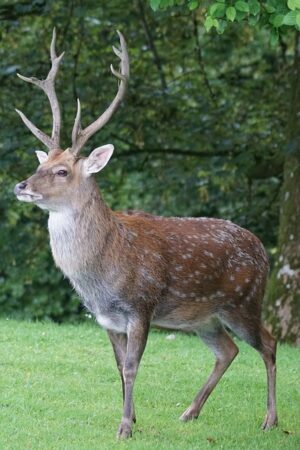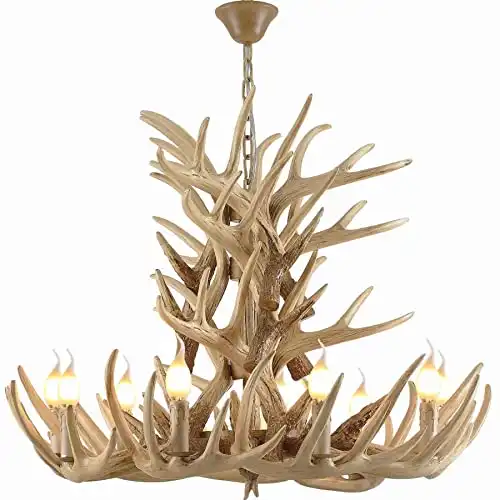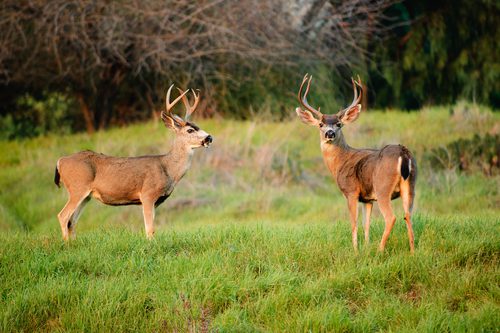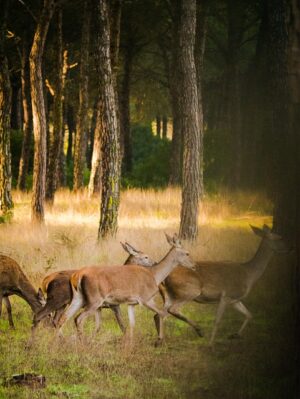Remember the times when taking your dog out meant maintaining a constant, eagle-eyed watch on them? Those trips could quickly switch from relaxing to stressful if they decided to chase after something.Thankfully, technology in pet care, particularly for dogs, has evolved dramatically.
As outdoor enthusiasts, finding the perfect smart collar for your canine companion now means you can enjoy the great outdoors together without the constant worry of losing sight of them or worrying about where they are, or if they might get lost.
How Smart Technology is Revolutionizing Pet Care for Outdoor Enthusiasts
Smart technology in pet products isn’t just a fad; it’s significantly changing how people interact with and care for pets, especially outdoors.

From tracking their activity levels to monitoring their health and location, smart devices are making pet care more manageable and efficient. These innovations mean not just added safety for pets but also a more enriching outdoor experience for both pet and owner. Imagine being able to hike that steep trail, knowing exactly where your pup is without constantly calling their name or worrying if they’ve wandered off too far.
The proliferation of smart pet products goes beyond simple convenience; it represents a fundamental shift in how people provide care for their furry family members.
Wearable tech like GPS collars, smart feeding systems, and even pet doors that open only for your dog’s microchip, are creating a world where pets are safer, healthier and more connected to their owners than ever before.
These advancements also allow people to collect data on their pet’s habits and health, leading to insights that can improve their well-being.
The Role of GPS Tracking in Keeping Your Adventure-loving Dog Safe
At the heart of these advancements is GPS tracking technology. It’s the linchpin for ensuring that adventurous four-legged friends stay within eyesight – or at least within a preset boundary.
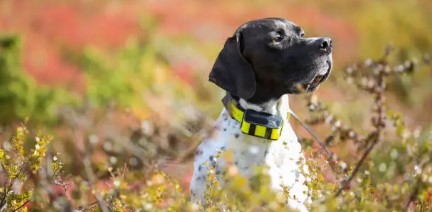
Having your dog wear a collar equipped with GPS means you can instantly locate them if they decide to go off exploring. The real magic here is the peace of mind it brings. There’s nothing quite like the reassurance of knowing you can enjoy your outdoor activities while your pet explores, only a tap away from being located.
GPS tracking isn’t just about preventing loss; it’s also a powerful tool for mapping your pet’s favorite routes and understanding their behavior.
Modern GPS collars can record a dog’s paths during walks or hikes, which can be incredibly handy for tracking down common points of interest or understanding where they might be heading if they get lost. This tracking feature adds an extra layer of understanding between pet and owner, turning every outing into a data-driven adventure.
Exploring the Great Outdoors: Ensuring Your Pet’s Safety with Geofencing
Another cutting-edge feature closely related to GPS tracking is geofencing. This technology allows you to set up virtual boundaries – a safe zone – for your pet. If they step outside this area, you’re immediately notified.
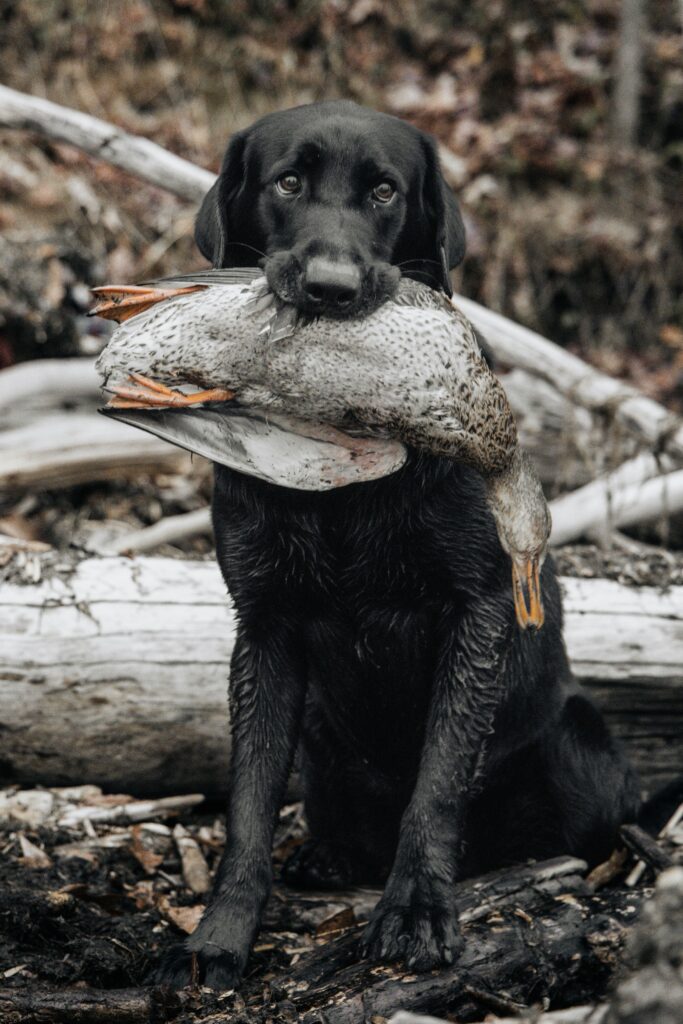
Geofencing is particularly beneficial in unfamiliar environments where potential hazards may be unknown to both owner and pet. It acts as a digital safety net, giving owners the ability to relax and enjoy the beauty of nature without the constant worry of their pet wandering off. This technology not only promotes safety but also allows pets to become familiar with new surroundings at their own pace, which can be crucial for easing anxiety during trips or moves.
For those who love taking their dogs camping or hiking, geofencing can be a game-changer. It means your dog can roam freely around your hunting area, campsite, or rest area without you having to worry about them wandering too far. Tailoring these safe zones specifically for your adventure ensures they enjoy freedom safely.
Combining Dog Training and Technology for a Happier and Healthier Outdoor Lifestyle
What takes these smart collars to the next level is their ability to integrate with training tools. This blend of technology and training can profoundly impact your dog’s behavior and safety outdoors.
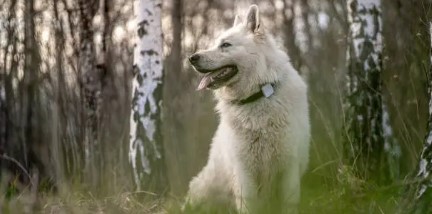
Consistent use of smart collars can help reinforce good behavior and commands, ensuring that your dog responds better when off-leash.
Moreover, these collars often come with features that help monitor their physical activity, ensuring they get enough exercise for a healthy lifestyle. The right balance of freedom and control fosters a happier, well-adjusted pet, ready to tackle any outdoor adventure with you.
The technological advancements in dog collars serve as an invaluable aid in enforcing training commands, especially in off-leash scenarios. Vibration and sound signals can be used to guide or recall dogs without shouting, maintaining a peaceful outdoor environment.
Furthermore, by harnessing data on your dog’s response times and obedience, these smart devices can help tailor training programs to suit individual temperaments and learning speeds.
The Future of Pet Care: How Innovative Collars are Changing the Game for Dog Owners
The trajectory of smart collar technology only points to brighter horizons. With every advancement, they become more integrated, promising even greater safety, health and happiness for pets.
People are already seeing collars that can monitor a dog’s vital signs, predict potential health issues and even communicate with smart home devices. The possibilities are limitless and with the valuable feedback from the pet owner community, these products will only continue to evolve to meet everyone’s needs better.
Choosing the Right Smart Collar for Your Dog
Selecting the best gps dog collar for your dog entails understanding their needs and lifestyle. Key features to consider include the accuracy of GPS tracking, the reliability of geofencing capabilities and the battery life of the device.
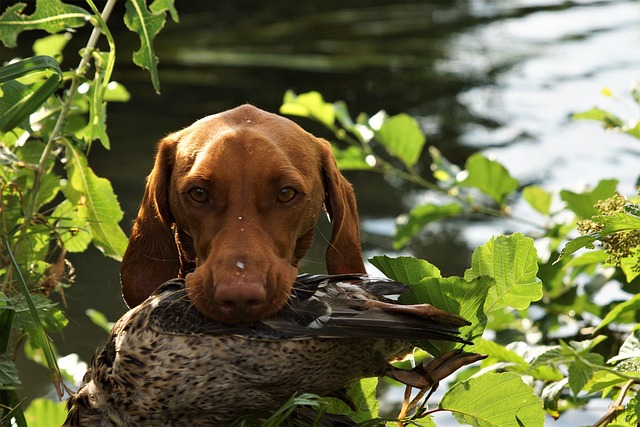
It’s important to consider your dog’s size and breed, as some collars may be too bulky for smaller dogs or not robust enough for larger breeds.
By comparing the options with these factors in mind, you can ensure that you pick a collar that will keep your dog safe on all your outdoor adventures.
Final Thoughts On GPS Smart Collars For Dogs
In summary, the integration of smart technology into dog collars significantly enriches the outdoor experiences people share with their pets. These devices offer a seamless blend of safety, health monitoring and training support.
As the world looks forward to what the future holds for pet care technology, one thing is clear: the bond between pets and their owners is set to become stronger and more joyful with each technological leap.

